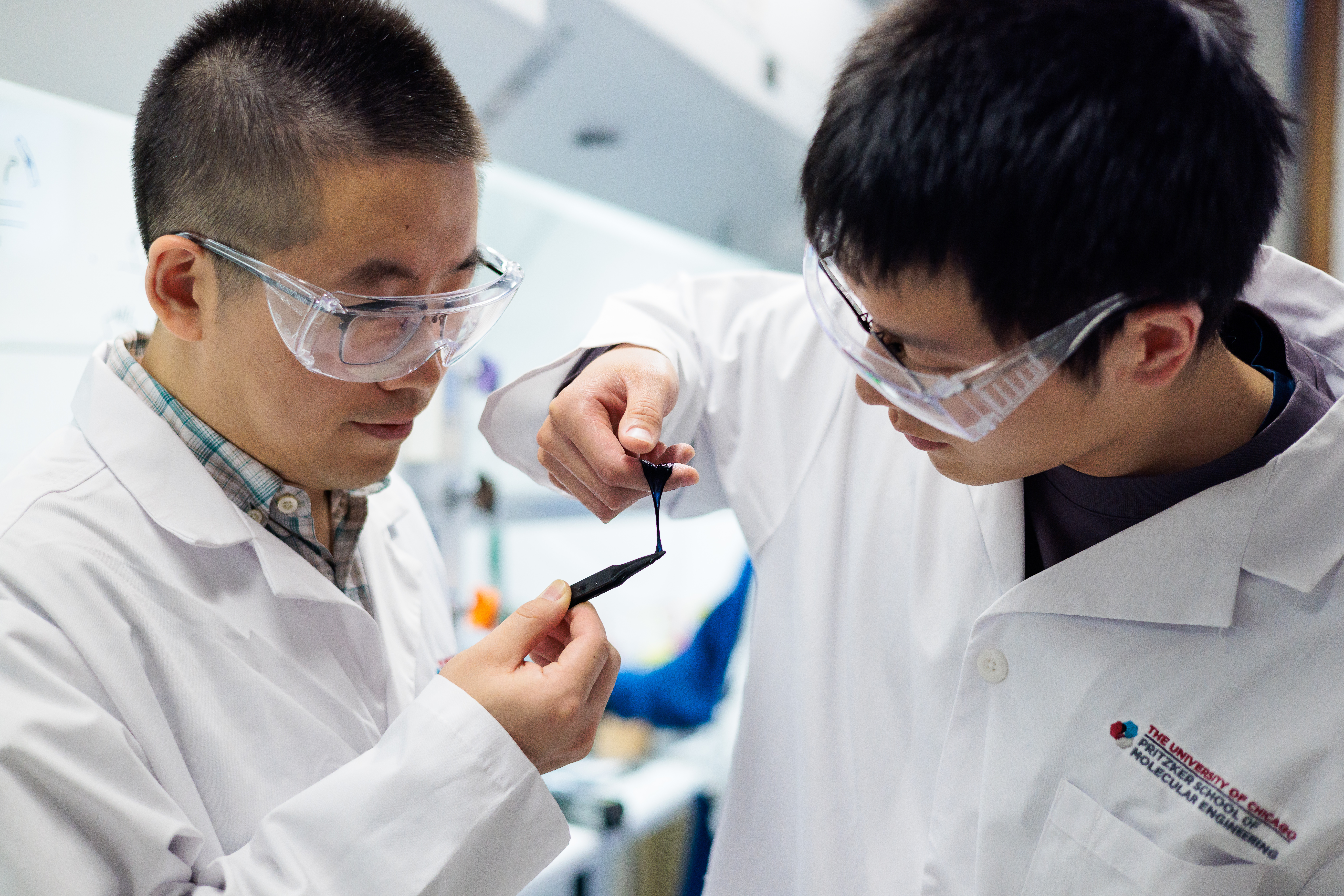
Modern medical devices like pacemakers, electrocardiogram (ECG) sensors, brain-machine interfaces, and wearables rely heavily on electronics to monitor, stimulate, and interpret signals from the human body. Semiconductors, which are materials that can conduct and control electrical signals, are at the core of these devices. Semiconductors enable everything from powering medical devices to reading vital signs and supporting light-based therapies, but they can cause problems in the body. Traditional semiconductors are hard, inflexible, and hydrophobic (water-hating), making them mechanically and chemically incompatible with body tissue that is soft, stretchable, and water-based by nature. This mismatch can lead to immune rejection, inflammation, and scarring, limiting how well the devices work and how long they last.
In contrast, hydrogels are soft, stretchable, and hydrophilic (water-loving) and much more compatible with the body’s natural tissues. Hydrogels are already used in contact lenses, wound dressings, drug delivery systems, and scaffolds for tissue engineering. However, existing hydrogels lack one critical feature to make them useful for medical devices: the ability to conduct or regulate electrical signals.
Dr. Sihong Wang and his team at the University of Chicago, supported by an NIH Director’s New Innovator Award through the High-Risk, High-Reward Research (HRHR) program, have changed that. They created a new kind of material called a hydrogel semiconductor. By combining soft hydrogels with semiconducting molecules, the team engineered a material that’s both flexible and electrically active, making it possible to build powerful electronic devices that behave more like human tissue.
Hydrogel semiconductors open the door to devices that can monitor health more naturally, treat conditions more gently, and seamlessly integrate with the body without the irritation or rejection caused by traditional electronics. They could transform how we build:
- Real-time health sensors like those for glucose monitoring or brain activity
- Smart pacemakers that adapt in real time
- Tissue-integrated electronics like implants that work with the body instead of against it
- Advanced wound healing where moisture and gentle heating accelerate recovery
- Targeted drug delivery that can sense the body’s needs and adjusts treatment for better, more responsive results
This breakthrough could pave the way for a new generation of bioelectronic devices that are safer, smarter, and more body-friendly than ever before.
Reference: Yahao Dai et al., Soft hydrogel semiconductors with augmented biointeractive functions.Science386,431-439(2024).DOI:10.1126/science.adp9314



